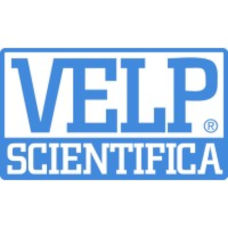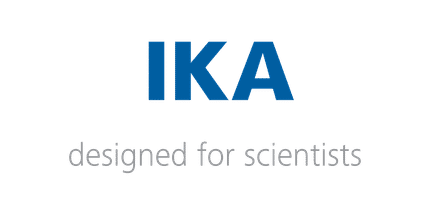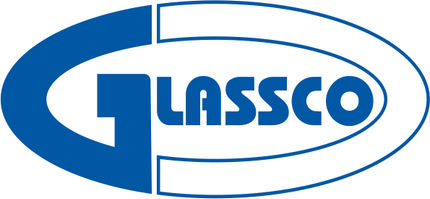About Gilson
The Gilson legacy began in the 1940s, when Dr. Warren Gilson, while a faculty member at the University of Wisconsin Medical School, began to design and develop specialized medical electronics and instruments that were not commercially available. One of his first efforts produced was a Cathode Ray Recorder—an 18" moving paper camera to record images from a cathode ray tube. It was later used around the world in cardiac catheterization labs. By the early 1950s, Gilson was developing electroencephalographs, oxygraphs, and physiological recorders.
Through the years, Gilson’s product focus has moved from specialized instruments for physiological applications to automation instrumentation and chromatography systems for the drug discovery, proteomic, and genomic markets. Today, Gilson manufactures HPLC systems, LC/MS systems, high-throughput robotic workstations, pipettes (including the world renowned PIPETMAN® brand of pipettes), fraction collectors, SPE systems, detectors, injectors, and much more. From liquid chromatography to liquid handling instruments, Gilson delivers high-quality, dependable solutions to the pharmaceutical and biotechnology industries.
Since 1957, Gilson Inc.’s world headquarters has been located at its current site in Middleton, Wisconsin. In 1963, to help meet the demand for Gilson products in Europe, Gilson opened a manufacturing facility northeast of Paris in Villiers le Bel, France—now Gilson S.A.S. In 2002, Gilson, Inc. launched Gilson International B.V.—a direct sales and service team—which has its headquarters in The Netherlands, along with local sales offices in 10 countries throughout Western Europe.
Advertisement














